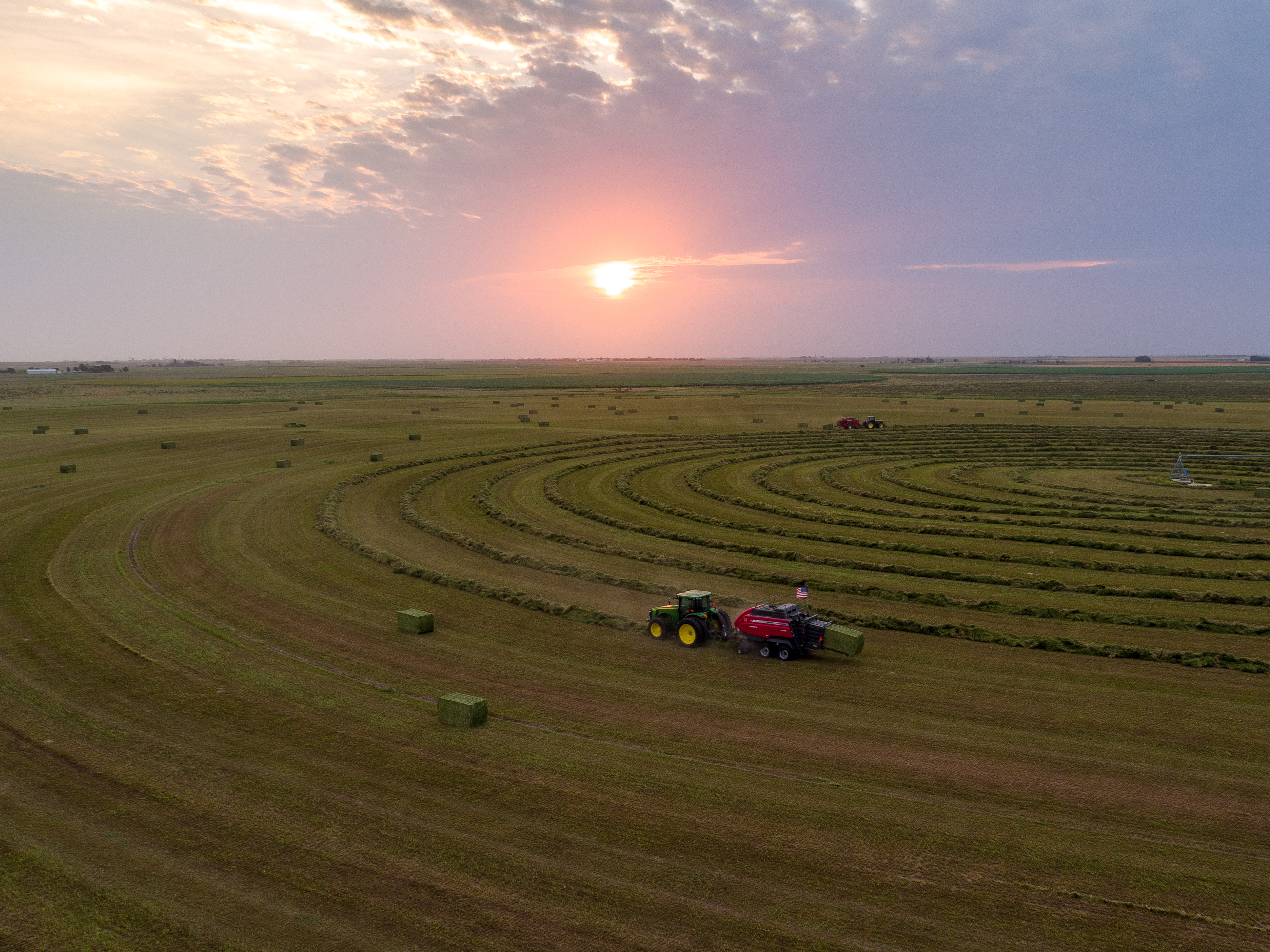
Since the COVID-19 pandemic outbreak in late 2019, all sectors of the global economy have experienced turbulence. Agriculture was no exception, with swings in expense and price opportunity over the past 24 months.
As we rolled into 2020, corn and soybean prices remained low through the beginning of the fall harvest. It is irregular to have the highest prices of the year fall during harvest, but that is exactly what happened with prices jumping up and trending higher going into 2021. The timing put farmers in a “sweet spot,” where 2021 inputs were bought low, and grain was sold high.
Every aspect of the agriculture industry has now had time to adjust to higher grain prices as we plan for 2022. Higher 2021 commodity prices, coupled with pandemic-related labor shortages and logistical issues, have sent the prices farmers pay for necessary 2022 inputs (think seed, chemical, and fertilizer) on an upward trajectory that doesn’t seem to be slowing down.
As everyone’s slice of the pie gets bigger, how will the farmer come out?
Below is a quick comparison of common inputs required to grow corn following soybeans from 2021 to 2022. The first chart is the cost increase in $/acre required to grow corn following soybeans.
|
Expense (Corn following Soybeans)
|
Estimated 2021 $/Acre
|
Estimated 2022 $/Acre
|
% Increase
|
|
Land Rent*
|
$ 232.00
|
$ 255.20
|
9.1%
|
|
Seed (Corn)
|
$ 104.40
|
$ 113.92
|
8.4%
|
|
Fertilizer
|
$ 106.23
|
$ 184.44
|
42.4%
|
|
Chemical*
|
$ 55.00
|
$ 69.00
|
20.3%
|
|
Crop Insurance
|
$ 9.30
|
$ 17.70
|
47.5%
|
|
Labor
|
$ 38.89
|
$ 43.35
|
10.3%
|
|
Equipment
|
$ 70.58
|
$ 86.36
|
18.3%
|
|
Totals/Avg
|
$ 616.40
|
$ 769.97
|
19.9%
|
|
*2022 survey data unavailable. Based off internal estimates
|
Nitrogen has seen the most significant increase in the last year, causing corn cost of production to rise proportionally higher than soybean cost of production. Growing soybeans does not require supplemental nitrogen like corn.
The following chart highlights the price difference paid per ton between 2021 and 2022 for common agricultural fertilizers. The fertilizer sector has seen the highest increases, with nitrogen increases surpassing 200%.
|
Product
|
Estimated 2021 Cost
|
Estimated 2022 Cost
|
% Increase
|
|
Anhydrous (Nitrogen)
|
$ 430.00
|
$ 1,372.00
|
219.1%
|
|
UAN 32% (Nitrogen)
|
$ 210.00
|
$ 661.00
|
214.8%
|
|
MAP (Phosphorous)
|
$ 488.00
|
$ 911.00
|
86.7%
|
|
Potash (Potassium)
|
$ 348.00
|
$ 778.00
|
123.6%
|
|
All prices on $/ton basis
|
There are additional issues facing farmers from a sourcing and cost standpoint that are more challenging to measure:
- Equipment – Costs for both new and used equipment are up sharply with new equipment at least six months out from purchase to delivery.
- Labor – Labor shortages seemed to be a common theme, and competitive wages for labor continue to rise for quality employees.
- Logistics – Many of the high prices for inputs are traced back to fractures in the supply chain. This could be attributed to the manufacturing facilities in China producing chemicals, the ocean tanker that gets it to the United States, or the semi that hauls it from the port of entry to the farmyard.
If commodity markets remain supported, farmers should turn a profit in 2022. The National Corn Index (NCI) reports an average cash corn price paid to farmers of $6.16/bushel, and the National Soybean Index (NSI) reports an average cash soybean price of $13.93/bushel in the first months of 2022. These are welcome prices and necessary to outpace the increases of required inputs, as we likely won’t see input prices come down until commodity prices drop.
Each growing season also brings weather challenges. We still need to plant the crop, catch timely rains, and harvest before price even comes into play. If farmers can replicate last year’s yields at today’s prices, it will be another profitable year. Successful farmers have a firm understanding of breakeven points and will store away cash in the good years to ride the inevitable ups and downs of the markets and industry.
If you are interested in learning more about crop production costs, custom farming, or associated risk management, contact a Peoples Company Land Manager today at landmanagement@peoplescompany.com or visit our website www.PeoplesCompany.com.







